#John Broome
Text

#showcase#8#the flash#dc comics#1957#john broome#carmine infantino#joe kubert#barry allen#captain cold#leonard snart#coldflash
118 notes
·
View notes
Text

Green Lantern #1 (1960) by John Broome & Gil Kane
#hal jordan#abin sur#green lantern#gil kane#dc#dc comics#60s comics#60s#john broome#comics#lantern ring
14 notes
·
View notes
Text
It's May the 4th! While it is definitely a day for celebrating Star Wars, let's celebrate the creator of a different group of intergalactic peacekeepers, John Broome. Born on this day, let's honor him with some depictions of one of his greatest creations: Hal Jordan, Green Lantern!

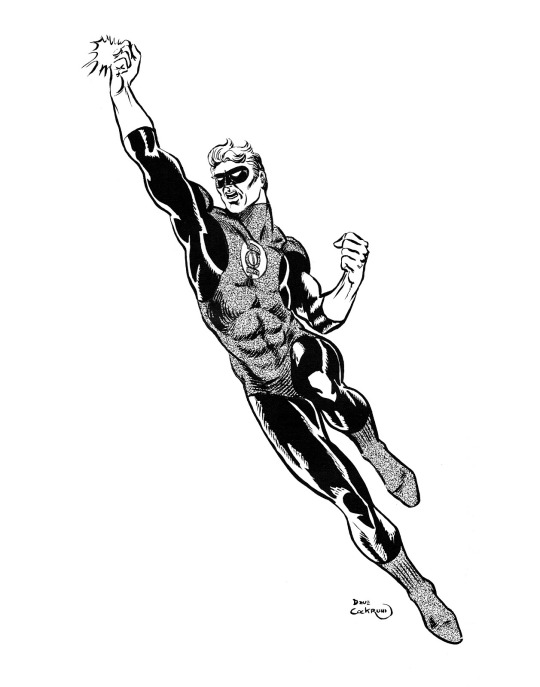

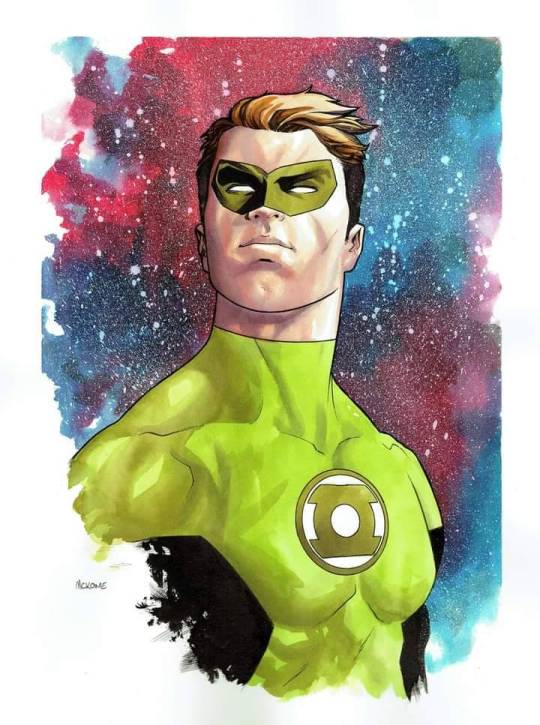

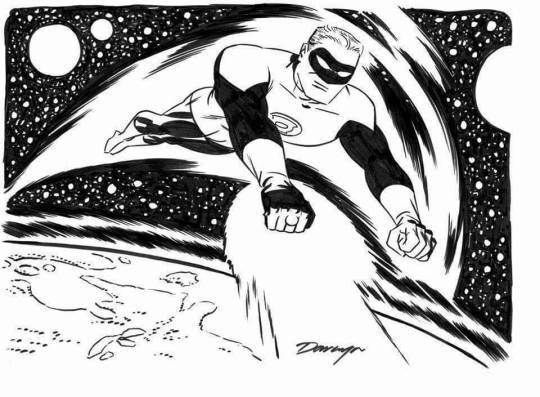

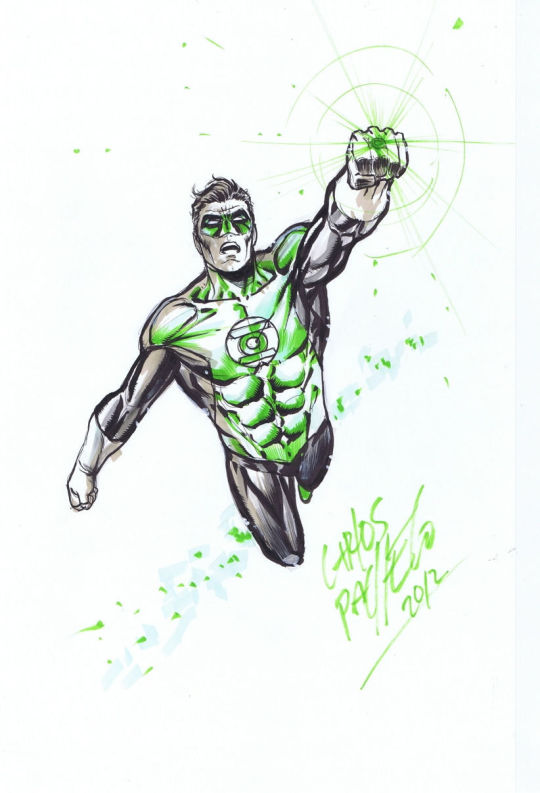
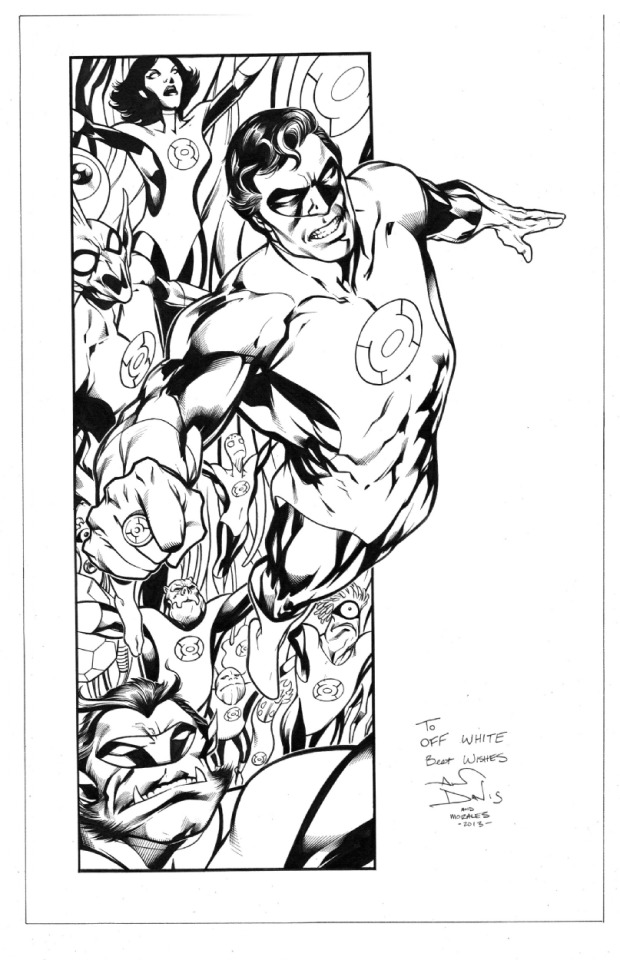
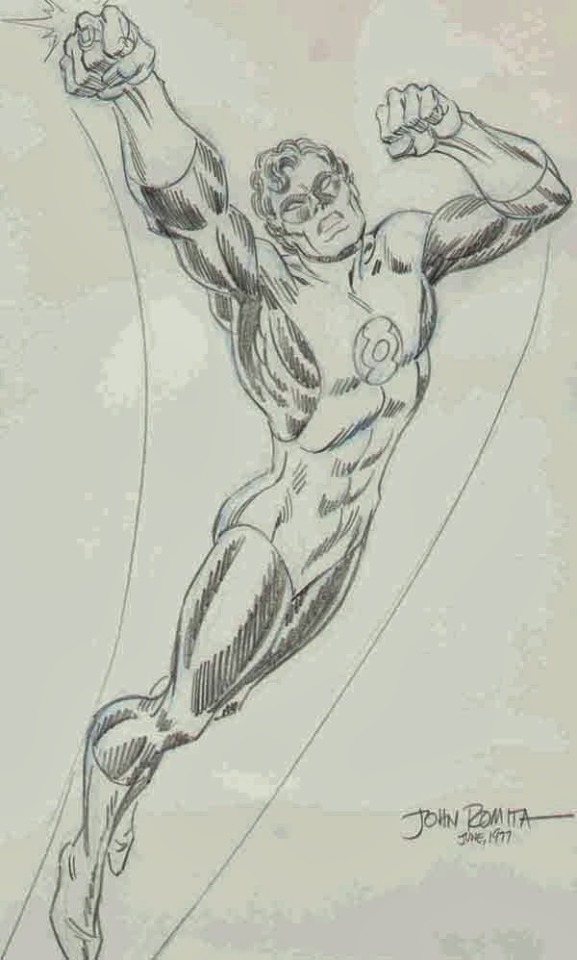
#dc comics#john broome#george perez#alex ross#john romita sr#evan doc shaner#alan davis#carlos pacheco#darwyn cooke#dave cockrum#mike mckone#steve epting
61 notes
·
View notes
Text
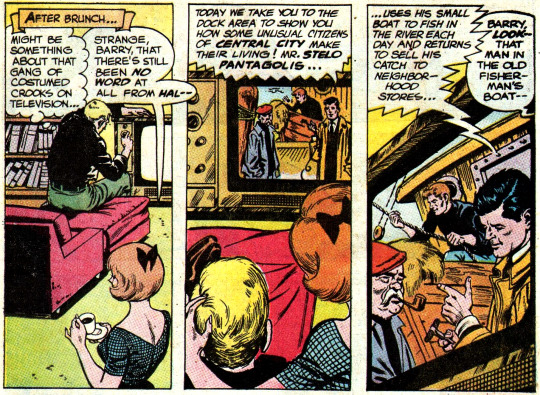
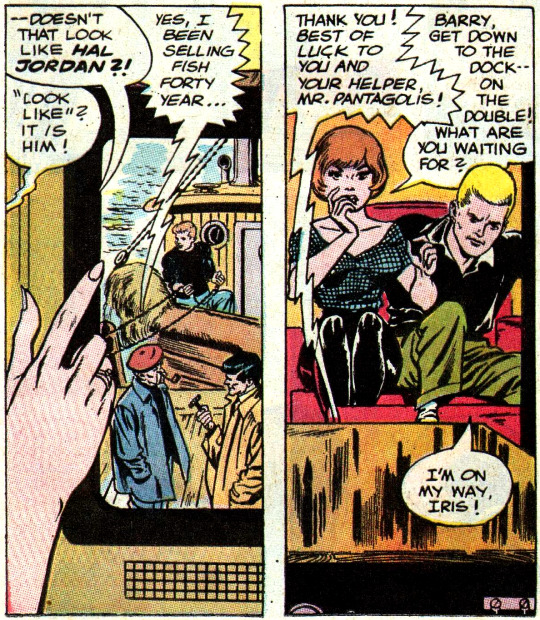
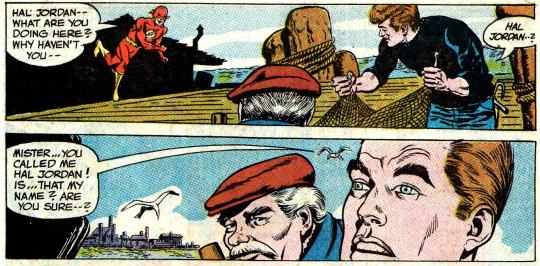
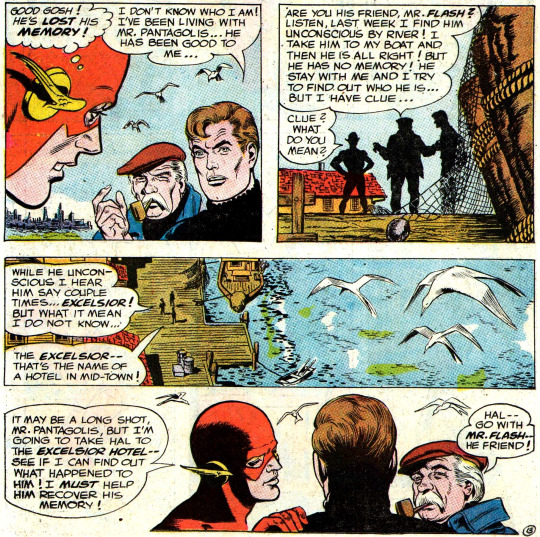
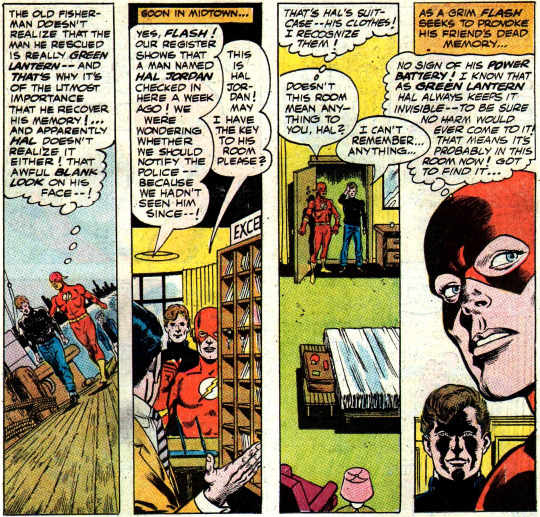
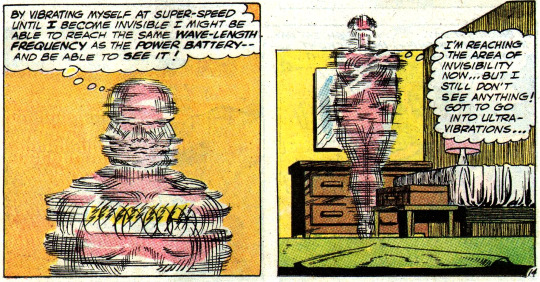

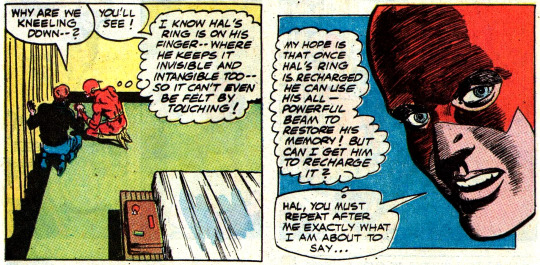
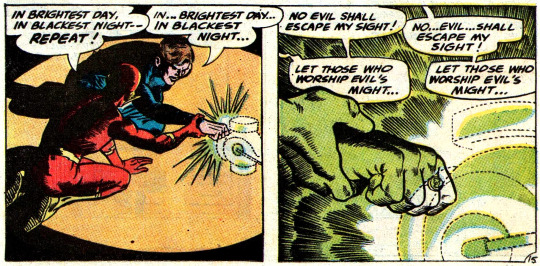
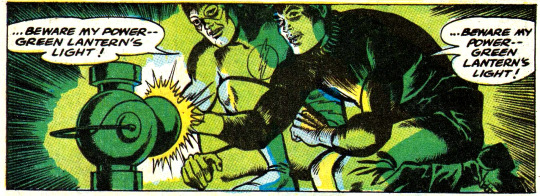
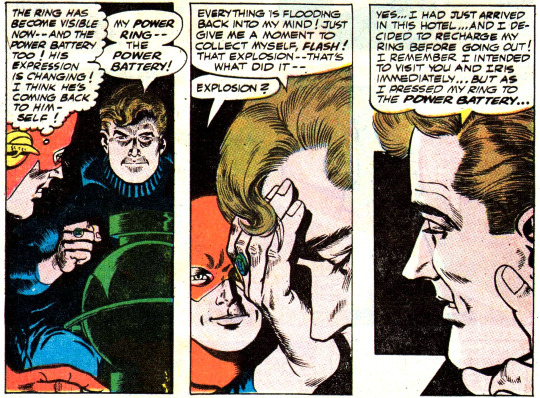


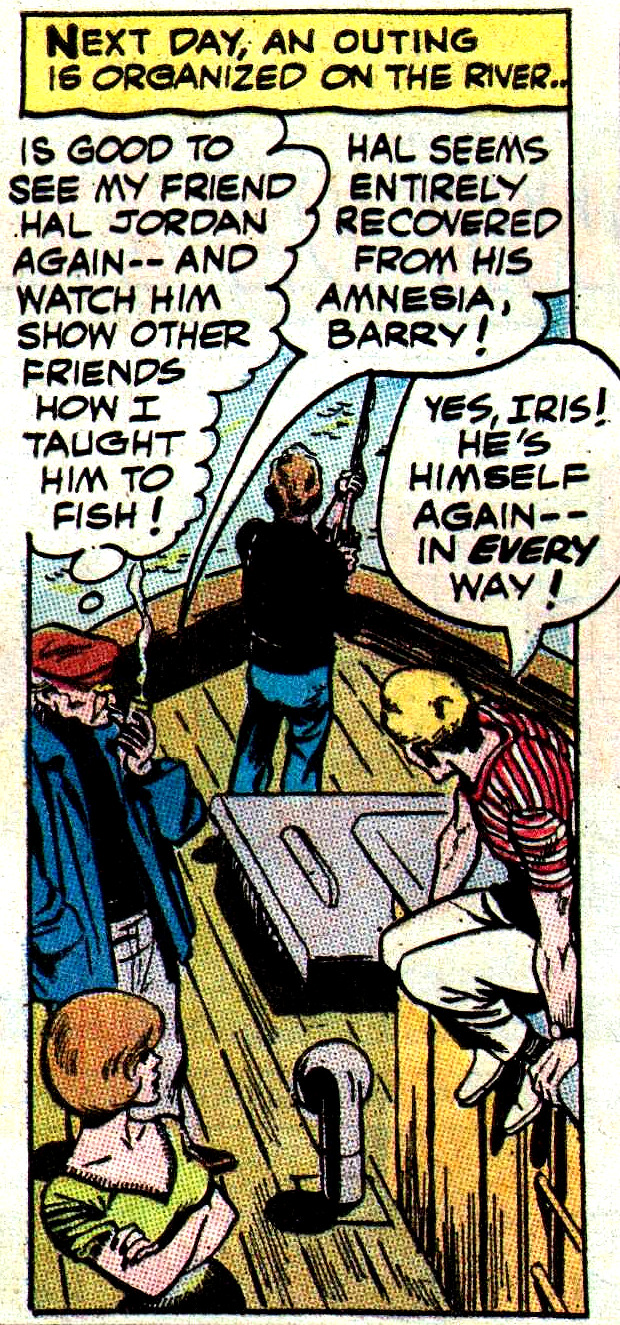
Is good to see my friend Hal Jordan again-- and watch him show other friends how I taught him to fish!
Hal Jordan in The Flash (1959) #168
(John Broome, Carmine Infantino)
#the flash 1959#hal jordan#green lantern#barry allen#the flash#iris west#dc#dc comics#john broome#carmine infantino#dcedit#comicedit#comicsedit#u can reblog#I CANT BELIEVE I OWN THIS. RUNS AROUND SCREAMING#great great beautiful story. remarkable story. homosexual story
8 notes
·
View notes
Text

June-July 1947. The JSA's Golden Age adventures, especially the early ones, are for the most part an acquired taste: neither as polished as the better 1940s Batman stories, as whimsical as the frequently delightful Captain Marvel, nor as wild as the sillier Timely comics of the era, with surprisingly little real character interaction. The Justice Society's best Golden Age years were 1947–1948, which still didn't have a lot of characterization, but compensated with significantly more inventive stories. My personal favorite is this one, "The Day That Dropped Out of Time!" by John Broome, in which the power-hungry Per Degaton, assistant of the JSA's friend Professor Zee, steals his boss's time machine and alters history so that modern technology begins to disappear — save for specially prepared equipment used by Degaton and his men to, you guessed it, conquer the world. Broome cheats more than a little bit (how Degaton is able to spare his own equipment from "the change" in time is never revealed, and while the JSA eventually learn what historical event Degaton altered, its significance isn't really explained), but it's an entertaining superhero adventure with a clever ending that sees Per Degaton back precisely where he started. (Roy Thomas, who returned Degaton several times in ALL-STAR SQUADRON and YOUNG ALL-STARS, presented the villain as essentially trapped in a time loop of his own making, making at least three increasingly grandiose plans to conquer the world by changing history that all end the same way.)
#comics#all star comics#irwin hasen#justice society of america#jsa#earth-2#per degaton#john broome#roy thomas
21 notes
·
View notes
Text
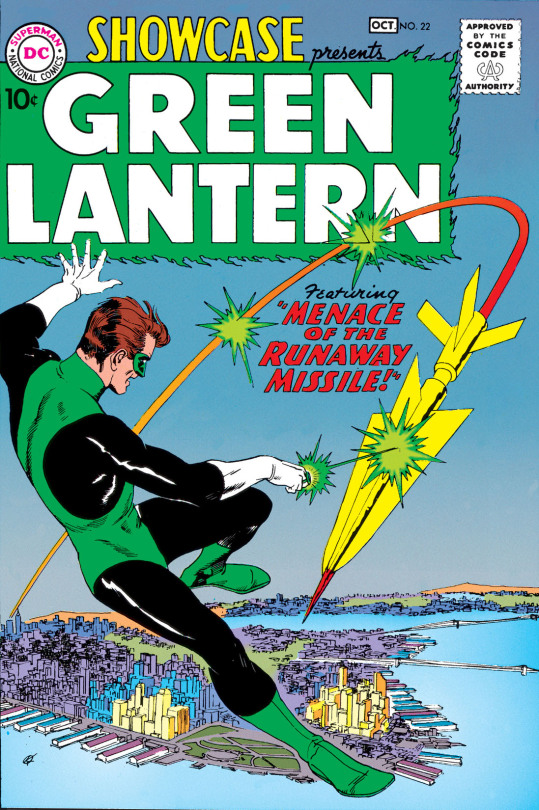



Today in 1959, Green Lantern Hal Jordan debuted in Showcase #22 by John Broome and Gil Kane with Joe Giella. He was editor Julius Schwartz's second superhero relaunch after the success of The Flash.
#green lantern#hal jordan#gil kane#joe giella#john broome#julius schwartz#comics to remember#showcase#dc comics
27 notes
·
View notes
Text
Guy Gardner was introduced in Green Lantern vol 2 59# with a cover date of March, 1968. Hal Jordan was shown an alternate history where Guy Gardner was chosen to be the Green Lantern instead of him. It turned out the only reason Jordan was chosen over Gardner, was Jordan was closer at the time. After witnessing what could have been, Hal Jordan saught out the man who could have been the Green Lantern. Hal Jordan was created by John Broome and Gil Kane. The idea was Garnder would become a back up for Jordan, but when the opportunity finally came (Green Lantern vol 2 87), Gardner was not eligible because he was recovering from being hit by a bus. Gardner finally did become a Green Lantern some time later. (Green Lantern vol 2 116) ("Earth's Other Green Lantern", Green Lantern vol 2 59#, DC Comic Event)

#nerds yearbook#real life event#first appearance#comic book#dc comics#dc#march#1968#guy gardner#green lantern#green lantern corps#john broome#gil kane#guardians of the universe#sonar#shark#black hand#doctor polaris#dr polaris#sinestro#abin sur#alien
6 notes
·
View notes
Text
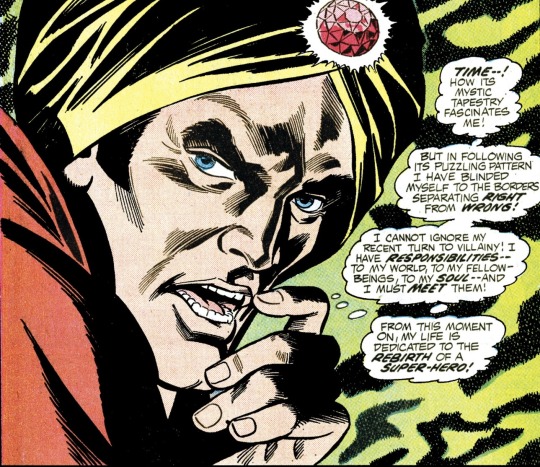
“I have blinded myself”
Dick Dillin
7 notes
·
View notes
Text

No you don’t!
#adventure comics#dr midnite#charles mcnider#kick#aahrg#lost story#the sight stealers#john broome#Sal amendola#dc comics#comics#70s comics#bronze age comics
26 notes
·
View notes
Text
WC: DETECTIVE COMICS #329
It’s been well covered over the years that in 1964, with sales flagging thanks to editor Jack Schiff clinging to an outdated approach to the character as the Silver Age blossomed, the reins of the Caped Crusader’s two titles were handed over to editor Julie Schwartz, in the hopes that Schwartz, who’d had a lot of recent success in reinvigorating defunct super hero properties, might be able to…

View On WordPress
#Batman#Bob Kane#Carmine Infantino#DC#Detective Comics#Elongated Man#Gardner Fox#Ira Schnapp#Jack Schiff#Joe Giella#John Broome#Julie Schwartz#Sheldon Moldoff
21 notes
·
View notes
Photo
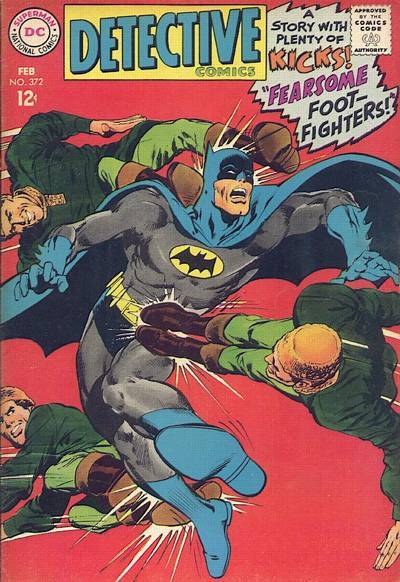
Detective Comics #372 - February 1968 (DC Comics - USA)
Cover Art: Neal Adams
THE FEARSOME FOOT-FIGHTERS
Script: John Broome
Art: Sheldon Moldoff as “Bob Kane” (Pencils), Joe Giella (Inks), Joe Letterse (Letters)
Characters: Batman [Bruce Wayne]; Robin [Dick Grayson] (cameo); Alfred Pennyworth; James Gordon; Bertran Garrison; Marne Zoldin
Batman story #1,220
#comics#dc comics#detective comics#batman#neal adams#john broome#sheldon moldoff#joe giella#joe letterse#1968
15 notes
·
View notes
Text

27 notes
·
View notes
Text

Showcase #23 (1959) by John Broome & Gil Kane
#hal jordan#green lantern#the invisible destroyer#invisible destroyer#martin phillips#john broome#gil kane#showcase#dc#dc comics#comics#50s#50s comics#joe giella#cover
21 notes
·
View notes
Photo

All Star Comics #39
By John Broome & Irwin Hasen
#irwin hasen#john broome#dc#dc comics#all star comics#jsa#justice society#justice society of america#jay garrick#the flash#the atom#al pratt#a talking pigeon
14 notes
·
View notes
Photo
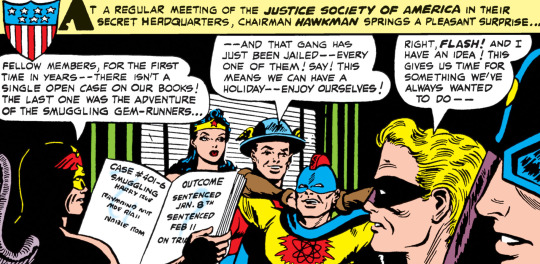


The circus has just come to town! Why don’t we all go to see it?
All-Star Comics (1940) #54
(John Broome, Frank Giacoia)
#all-star comics#jsa#justice society of america#alan scott#green lantern#al pratt#the atom#jay garrick#the flash#diana prince#wonder woman#carter hall#hawkman#charles mcnider#dr midnite#john broome#frank giacoia#dc#dc comics#dcedit#comicedit#comicsedit#u can reblog#IM DYINGGGGGGGG I LOVE THEM LIKE NOTHING ELSE#ALAN KNOWN CIRCUS ENTHUSIAST
42 notes
·
View notes
Text

June 1960. One of the strangest and most interesting DC strips of the early 1960s, the Atomic Knights appeared in about every third issue of STRANGE ADVENTURES from #117 to #160. It was set in the wake of a devastating nuclear war in October 1986, as Gardner Grayle, a former Army sergeant, recruits a small group of allies to restore order and civilization to a shattered world. The Knights wore suits of medieval armor that, due to a mysterious molecular change, made the wearers largely immune to radiation. The series was a peculiar juggling act, attempting to balance the grimness of the premise and setting with the scientific positivism that was editor Julius Schwartz's stock in trade, along with a very hefty dose of aw-shucks American exceptionalism. Writer John Broome's scripts are consistently inventive, benefiting from more internal continuity than Schwartz typically allowed (the series covers about six years of in-story time), and Murphy Anderson's art is very appealing, helping to keep the stories' forays into the fantastical (like the giant mutant Dalmatians who become the Knights' steeds) relatively grounded.
Still, there's no getting around the fact that postapocalyptic stories of this kind, from Atomic Knights to NIGHT OF THE COMET to THE WALKING DEAD to STAR TREK: FIRST CONTACT, are an extremely pernicious type of fantasy. The after-the-Bomb iterations are especially troubling in that they really downplay the impact of nuclear war. However, even where the apocalypse is more environmentally constrained, most postapocalyptic stories are at heart a white supremacist settler-colonialist fantasia.
In the postapocalyptic story, megadeath catastrophe (of whatever type) results in a terra nullius scenario ripe for (re)colonization: In essence, the collapse of civilization recreates the Wilderness, where land is either uninhabited (the previous residents having died or fled) or occupied only by squatters and savages whose extermination or expulsion is made righteous by the need to reestablish Civilization. Typically, stories of this kind position the heroes as liberal but practical idealists whose role is to restore not only the structure but also the values of (white) civilization while wresting control of resources from warlords and bandits who are ostensibly more selfish and brutal, with the end goal of reestablishing the sovereignty of state violence once the process of recolonization is complete. What makes the Atomic Knights stories noteworthy in these respects is not that they deviate from this template — which they don't — but rather that they typify it, and express its ideas in unambiguous and uncritical terms.
#comics#strange adventures#john broome#murphy anderson#atomic knights#gardner grayle#nuclear war#julius schwartz#post apocalyptic
5 notes
·
View notes